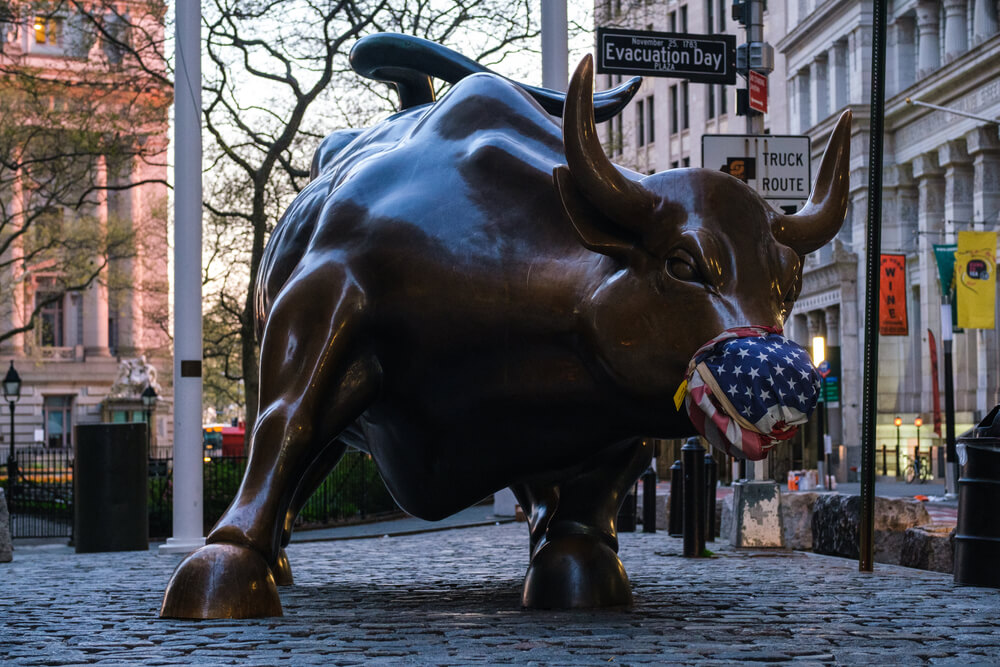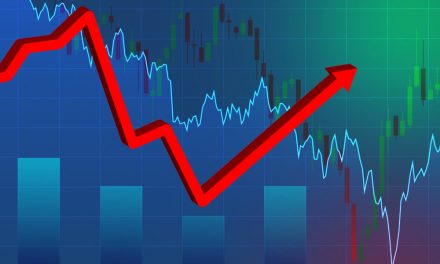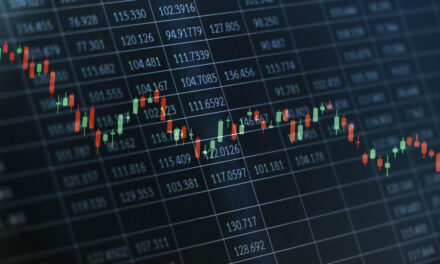The epic advance from the 2009 stock market bottom to the record highs earlier this year was often called “the most hated bull market in history” for much of its 11-year run.
It seemed too good to be true. It was one of the weakest post-recession recoveries on record, with real GDP growing at a little over 2% per year. Yet the S&P 500 exploded higher by 400% from its March 2009 lows to its February 2020 highs.
Are we looking at a repeat in the 2020s?
Maybe.
Preliminary data for the first quarter shows GDP falling at a 4.8% rate, and the second quarter promises to be rough as well. Yet as I write this, the S&P 500 is again pushing toward the 3,000 mark.
The index is still down a little less than 20% from its all-time highs, but it’s essentially sitting at its levels from this time last year, long before any of us had heard the word “coronavirus,” and “social distancing” was something that awkward teenagers did at middle school dances.
None of this is a mystery. But is it sustainable?
The original most hated bull market in history had three primary drivers.
To start, the bull market started after the major stock market indexes had lost over half their value and valuation metrics such as the cyclically-adjusted price/earnings ratio (“CAPE”) were at generational lows. Stocks had a long runway back in 2009 and were priced to deliver solid returns.
The second driver was stock buybacks. Since 2008, S&P 500 companies have repurchased over $5 trillion of their own stock. To put that in perspective, the entire market cap of the S&P 500 is about $21 trillion today.
At the 2009 bottom, the S&P 500 market cap was about $7 trillion. Suffice it to say, buybacks have been a major driver of earnings-per-share growth (as earnings get divided across a smaller number of outstanding shares), and the companies themselves have been the largest and most consistent buyers of stock.
And finally, we have the Federal Reserve. The Fed has never (that we know of) dipped directly into the stock market. But a rising tide lifts all boats. When the Fed buys bonds and floods the market with liquidity, that liquidity has to go somewhere.
Over the past 11 years, a good chunk of it sloshed into the stock market. It’s impossible to measure exactly how much, of course. But it’s safe to assume you can measure it in trillions.
What About the Next Most Hated Bull Market in History?
Are any of these conditions in place today? Let’s take a look.
As I covered earlier this month, the stock market never actually got cheap during the 2020 selloff, at least not by historical standards. Yes, stock prices fell by about 35%. But stocks were so pricey going into the bear market that the drop didn’t take up anywhere near normal bear market valuation levels.
This doesn’t mean stocks have to retest their lows. They don’t have to do anything. But it means we don’t have the long runway we did 11 years ago.
And buybacks … well, let’s just say buybacks will be on ice for a while.
Share repurchases have become a political punching bag. Democrats have fretted for years that companies have spent their excess cash on buybacks rather than on new capacity or labor. More recently, Republicans have fretted that much of the windfall from the Trump tax cuts went to buybacks rather than domestic expansion plans. And there is broad consensus across both parties that companies getting government handouts shouldn’t be spending the proceeds on their own shares.
Buybacks don’t go to zero, of course. But they are considered in bad taste at the moment and may return to previous levels for years, if not decades.
That leaves the Fed.
Can Fed stimulus alone goose the stock market enough to compensate for high starting valuations and a dearth of buybacks?
I don’t know, but I can say this: It won’t be for lack of trying.
The Fed started this year with a $4.2 trillion balance sheet. Today, it’s sitting at $6.6 trillion, a jump of close to 60%. And if history is any guide, they are nowhere near being done.
Following the 2008 meltdown, the growth in the Fed’s balance sheet didn’t level off until the end of 2014 — six years later. And the balance sheet didn’t meaningfully start to decline until 2018, a decade after the crisis struck.
So, can the Fed alone continue to push the market higher?
It looks like we’re about to find out.
• Money & Markets contributor Charles Sizemore specializes in income and retirement topics, and is a frequent guest on CNBC, Bloomberg and Fox Business.
Follow Charles on Twitter @CharlesSizemore





